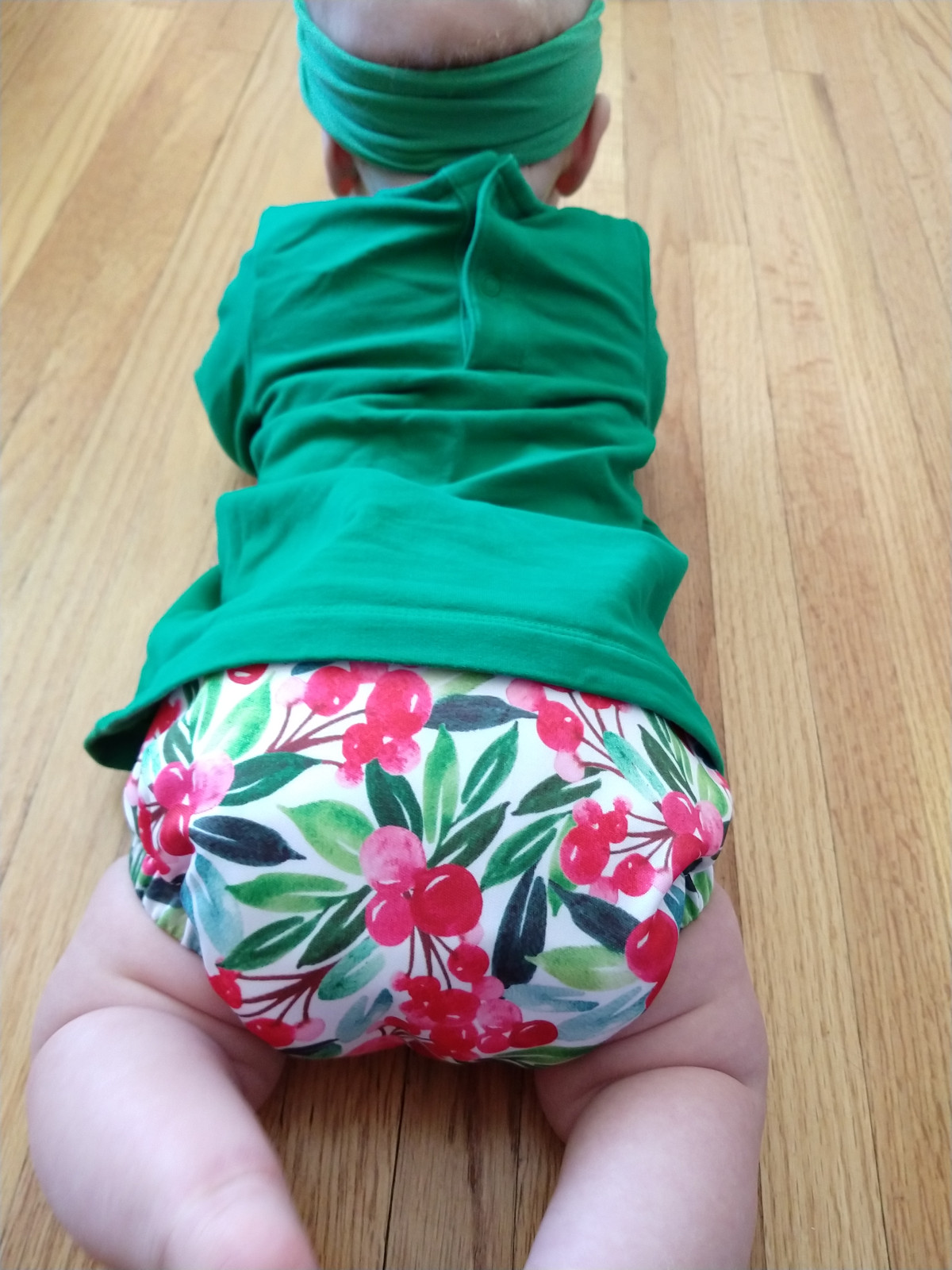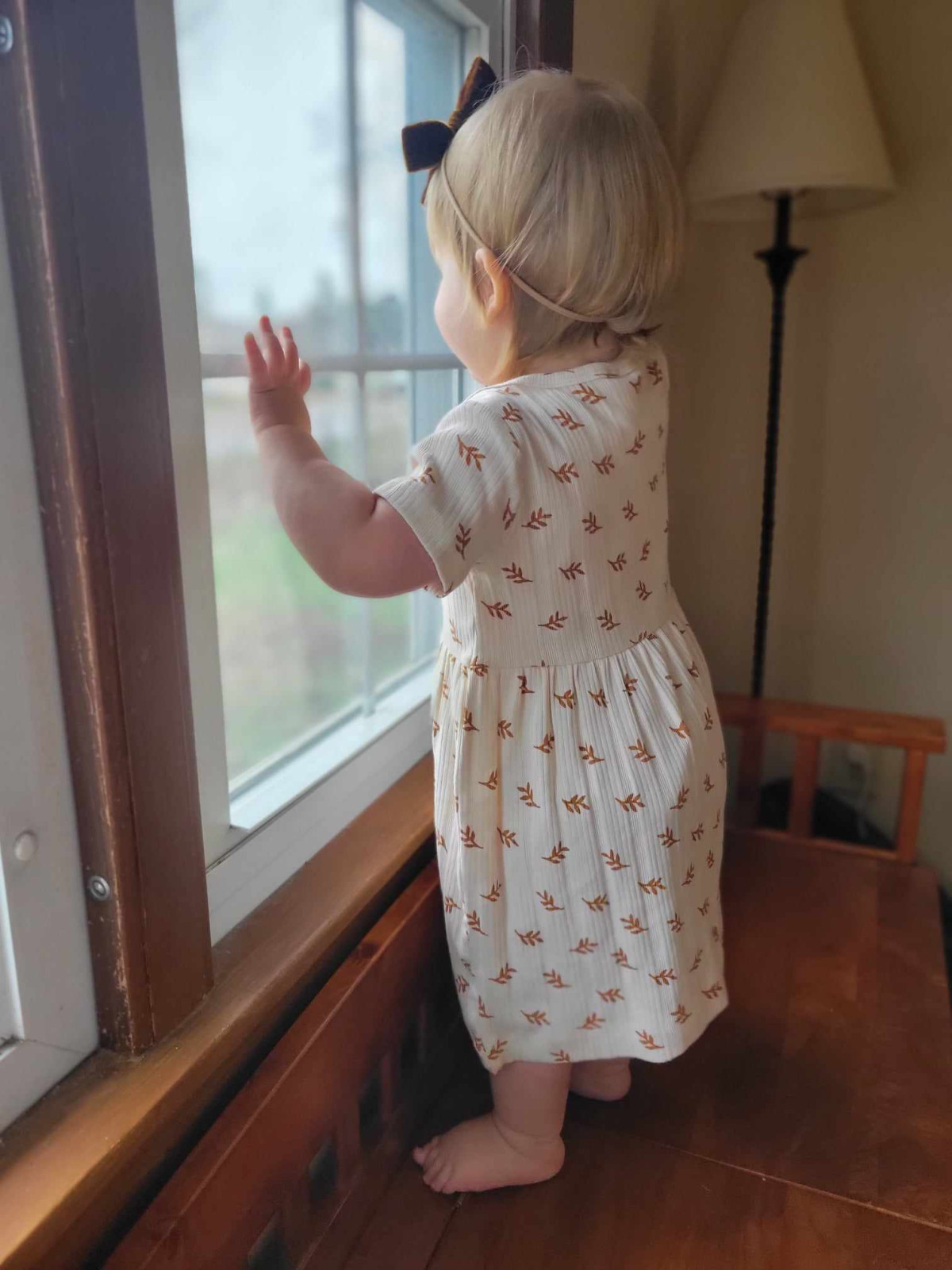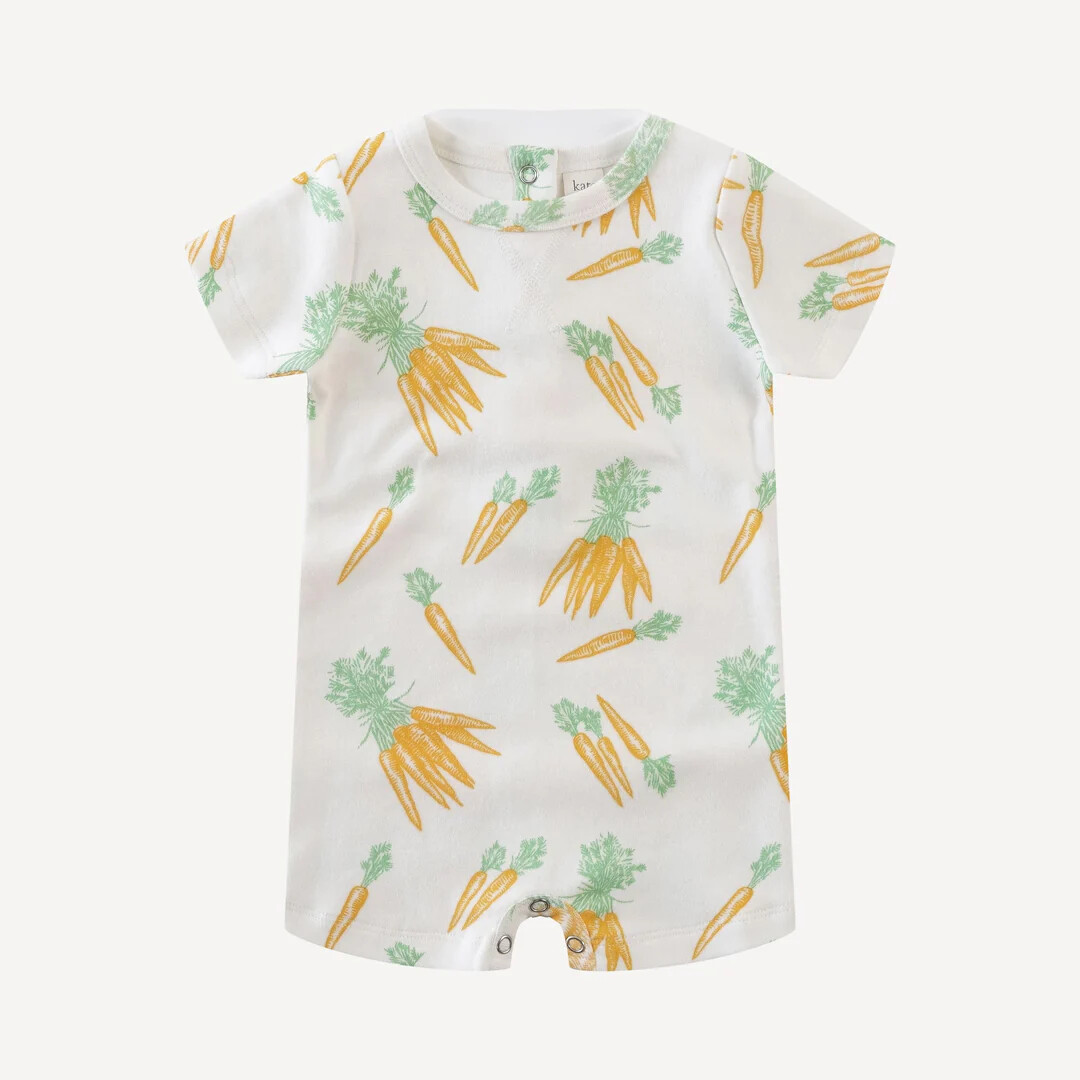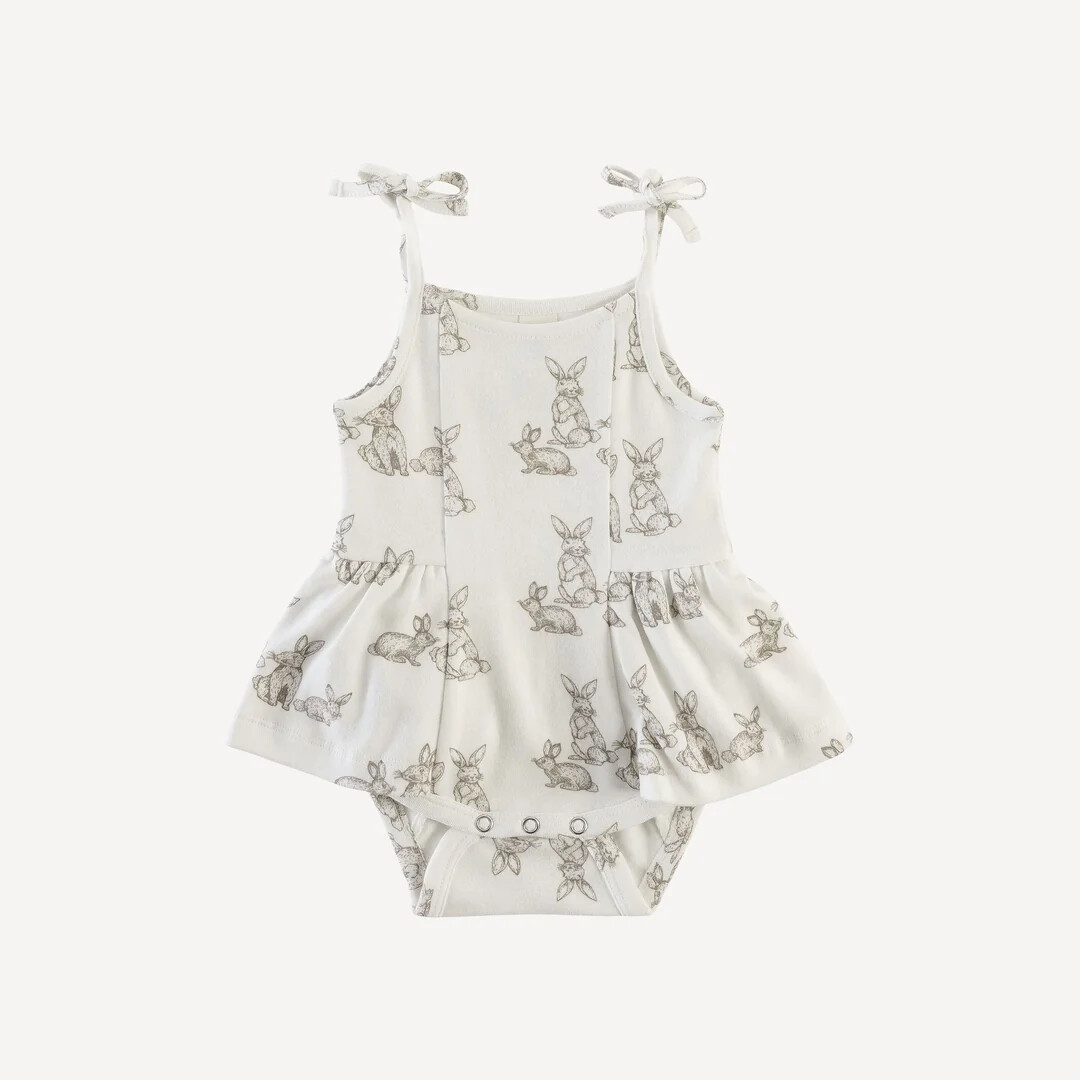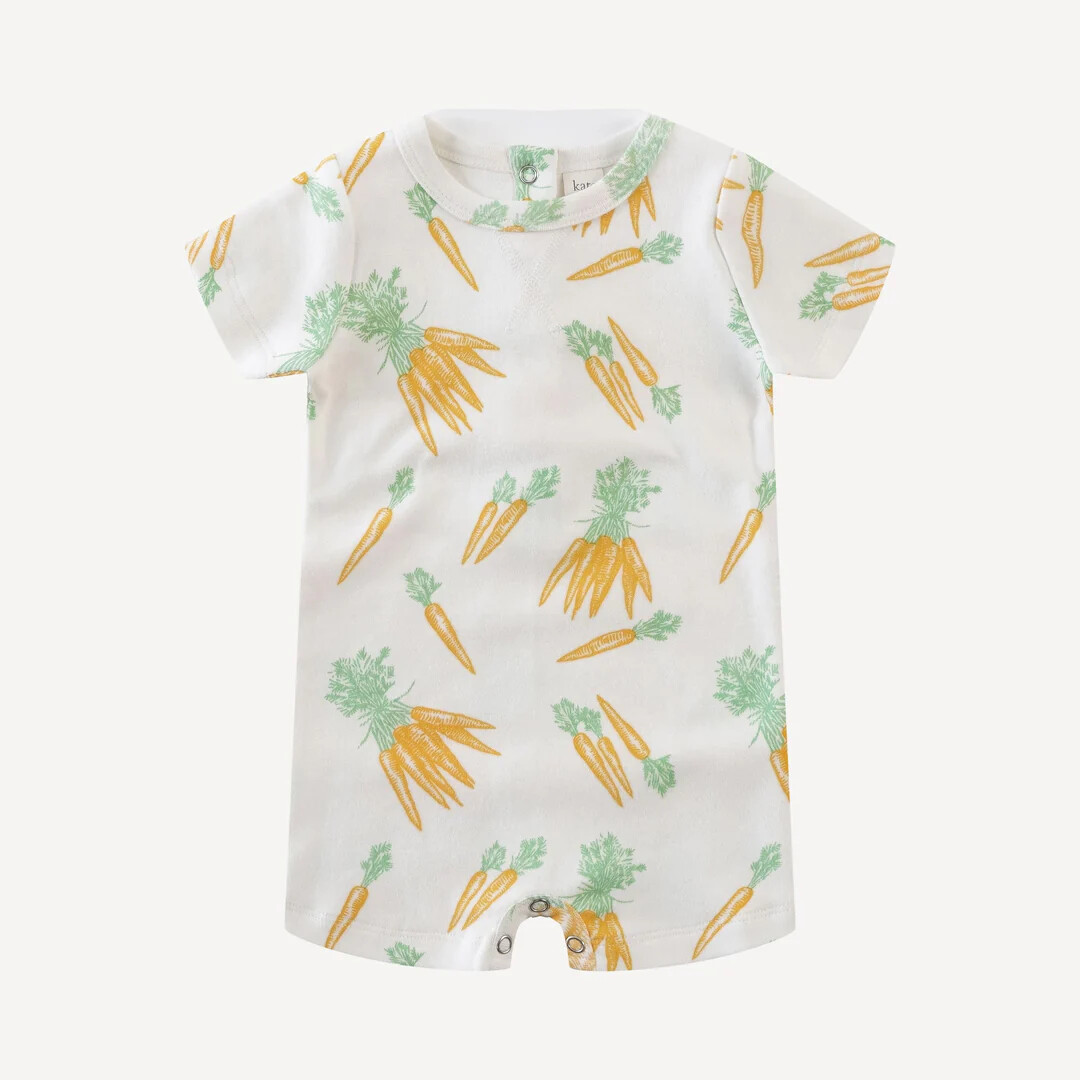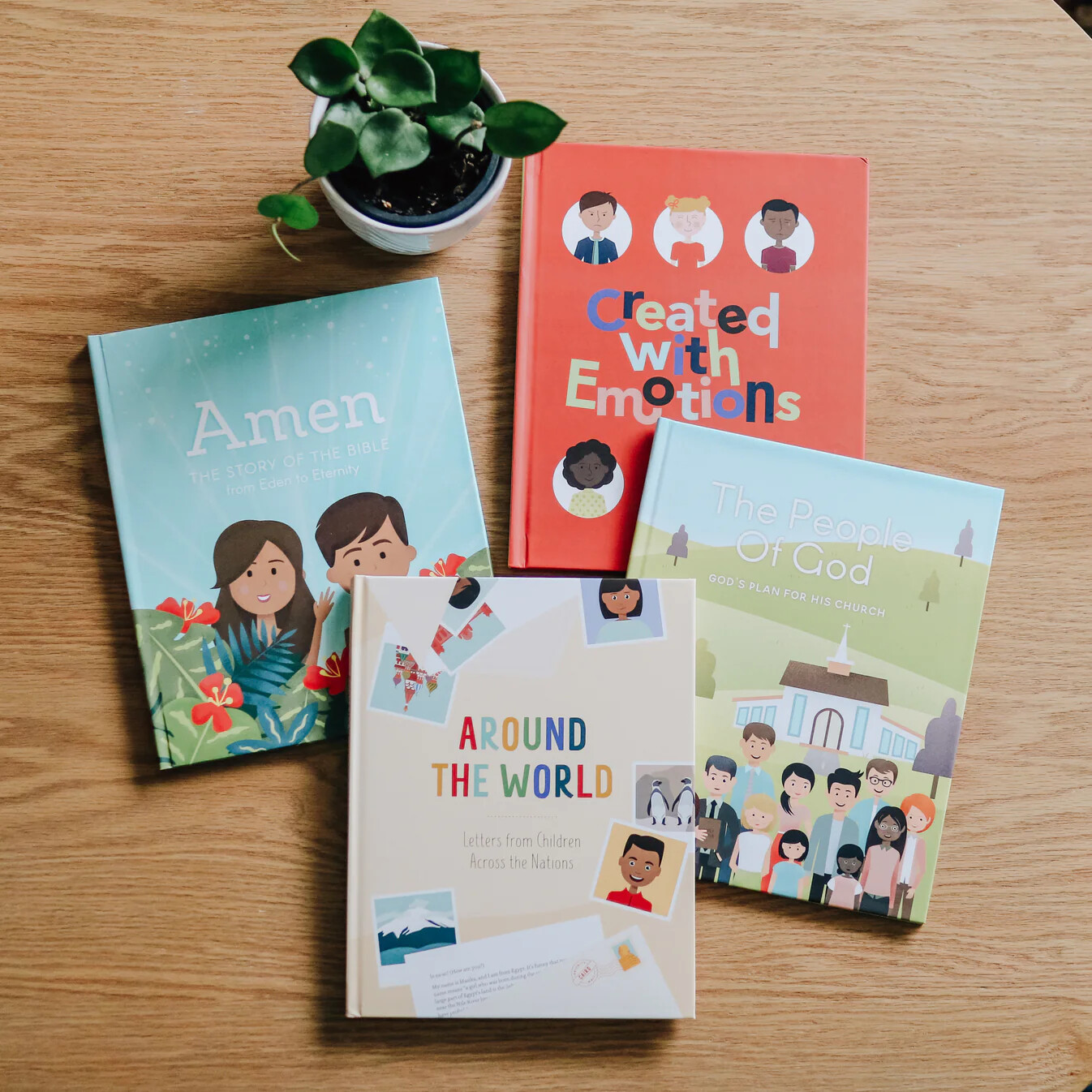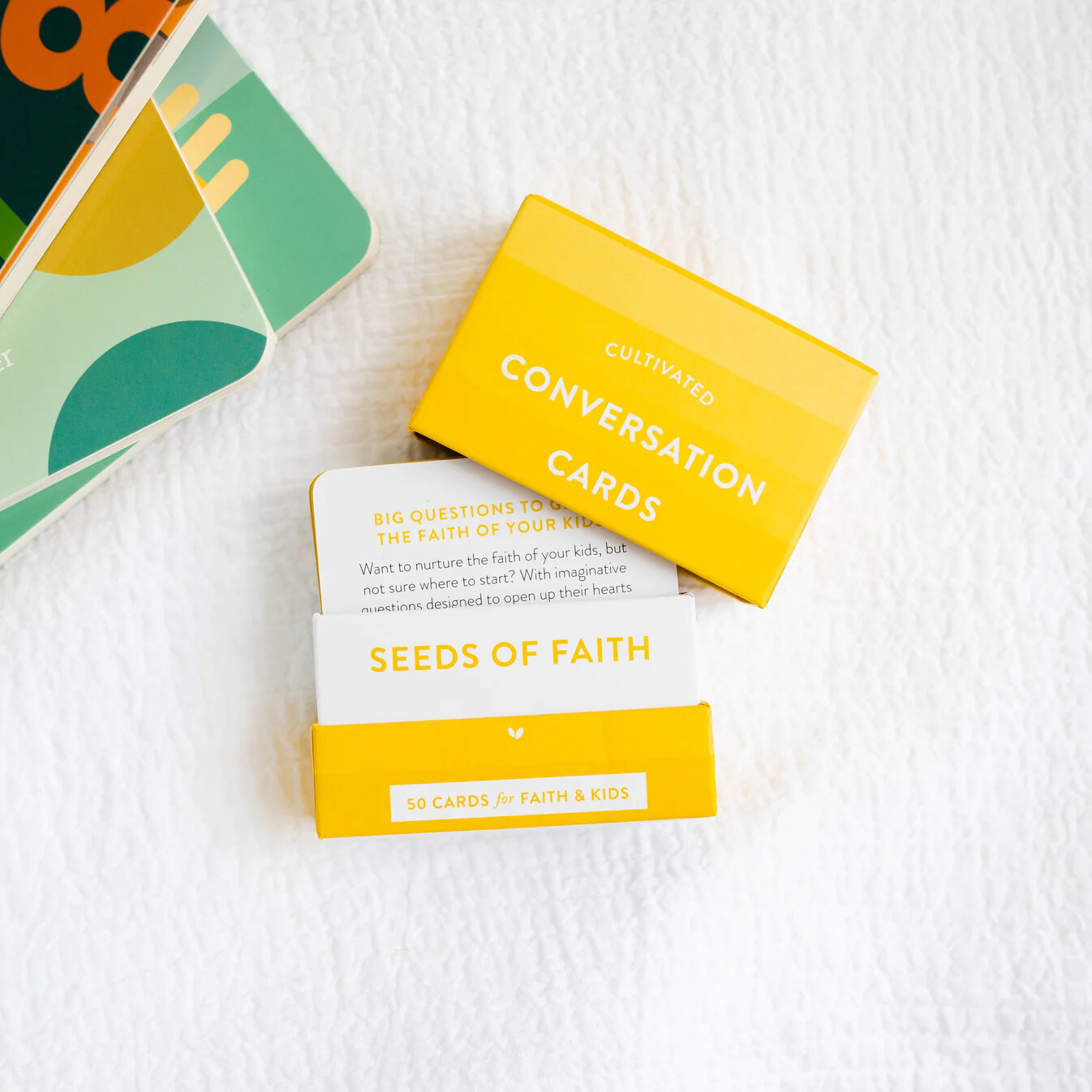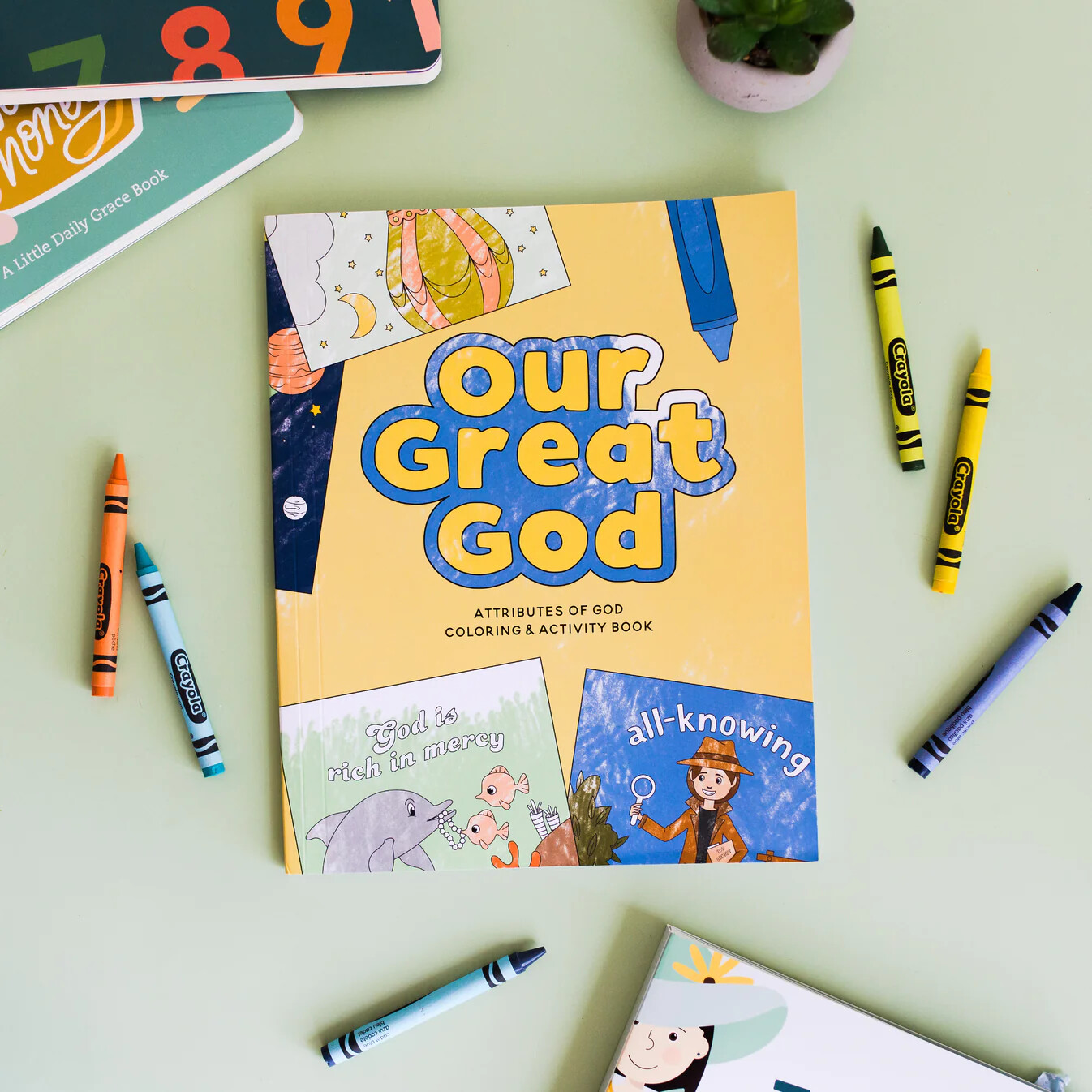
Embarking on a natural pregnancy journey can be both exciting and overwhelming. As expectant mothers seek holistic approaches to support their well-being and their baby's development, it's crucial to have reliable guidance. This comprehensive guide offers eight essential tips for natural pregnant mamas, ensuring a healthy and fulfilling experience.
1. Nourish Your Body with Nutrient-Dense Whole Foods
A cornerstone of a natural pregnancy is consuming a balanced diet rich in whole, organic foods. Prioritize:
- Colorful fruits and vegetables for vitamins and antioxidants (whole food purees are good too!!)
- Lean proteins for muscle development
- Whole grains for sustained energy
- Healthy fats, especially omega-3s, for brain development
Incorporating superfoods like leafy greens, berries, and nuts can provide additional nutritional benefits for both mother and baby.
2. Supplement Wisely with Prenatal Vitamins
While a balanced diet is crucial, prenatal vitamins help fill nutritional gaps. Prenatal supplements (these gummies are my favorite since I had trouble with pills during nausea!) are an excellent choice, offering: - Essential folate for neural tube development
- Iron for increased blood volume
- Calcium and vitamin D for bone health
- Easy-to-take gummy form for better compliance
These supplements ensure you're meeting increased nutritional demands during pregnancy.
3. Educate Yourself on Natural Childbirth
Knowledge empowers confident decision-making. Ina May Gaskin's "Guide to Childbirth" is a must-read resource, covering: - The physiology of natural labor
- Techniques for managing pain naturally
- Inspiring birth stories
- Tips for creating a supportive birth environment
Understanding your body's capabilities can significantly reduce fear and anxiety surrounding childbirth.
4. Maintain an Active Lifestyle
Regular, pregnancy-safe exercise offers numerous benefits:
- Improved mood and energy levels
- Better sleep quality
- Preparation for labor and delivery
- Faster postpartum recovery
Consider low-impact activities like prenatal yoga, swimming, or walking. Always consult your healthcare provider before starting any new exercise routine.
5. Master Relaxation Techniques
Stress management is crucial for both maternal and fetal health. Practice:
- Deep breathing exercises
- Prenatal meditation
- Progressive muscle relaxation
- Prenatal massage
These techniques can lower stress hormones, improve sleep, and enhance overall well-being.
6. Stay Hydrated for Two
Proper hydration is essential for:
- Amniotic fluid maintenance
- Nutrient transportation
- Toxin elimination
- Preventing common pregnancy discomforts
Aim for at least 8-10 glasses of water daily, and include hydrating foods (like watermelon!) in your diet.
7. Trust Your Instincts and Listen to Your Body
Every pregnancy is unique. Pay attention to your body's signals and don't hesitate to:
- Rest when you're tired
- Eat when you're hungry
- Seek medical advice if something feels off
Trusting your instincts can lead to a more comfortable and confident pregnancy experience.
8. Incorporate Music for Prenatal Bonding
Music can play a significant role in prenatal development and maternal well-being:
- Classical music may enhance fetal brain development
- Singing to your baby can strengthen the maternal-fetal bond
- Calming melodies can reduce maternal stress and anxiety
For an immersive musical experience during pregnancy, consider exploring the upcoming Classical Collective Membership, designed to support expectant mothers through the power of music.
9. Research Various Feeding Methods
Educating yourself about different feeding methods is crucial for making informed decisions. I wish I had learned more about breastfeeding before having my first, so I always recommend it as a digging topic for new moms-to-be. Be prepared with the options!
- Breastfeeding: Learn about techniques, benefits, and potential challenges. Resources like La Leche League or certified lactation consultants can provide valuable information and support. I wrote a blog post of my own recommendations you can check out here!
- Formula feeding: Understand the types of formula available, preparation methods, and how to choose the right one for your baby.
- Combination feeding: Research how to successfully combine breast milk and formula, including maintaining milk supply and introducing bottles.
Consult reputable sources such as pediatricians, scientific studies, and recognized health organizations. Each feeding method has its own set of considerations, and what works best can vary from family to family. By thoroughly researching your options, you'll be better equipped to choose the feeding approach that aligns with your lifestyle, health needs, and personal preferences
Conclusion
Embracing a natural approach to pregnancy can lead to a more fulfilling and empowering experience. By following these eight tips—nourishing your body, taking quality prenatal vitamins, educating yourself, staying active, practicing relaxation, staying hydrated, listening to your body, and incorporating music—you're setting the stage for a healthy pregnancy and a positive birth experience. Remember, every pregnancy journey is unique. Trust in your body's innate wisdom and ability to nurture new life. With these natural pregnancy tips, you're well-equipped to enjoy this beautiful chapter of your life to the fullest.
